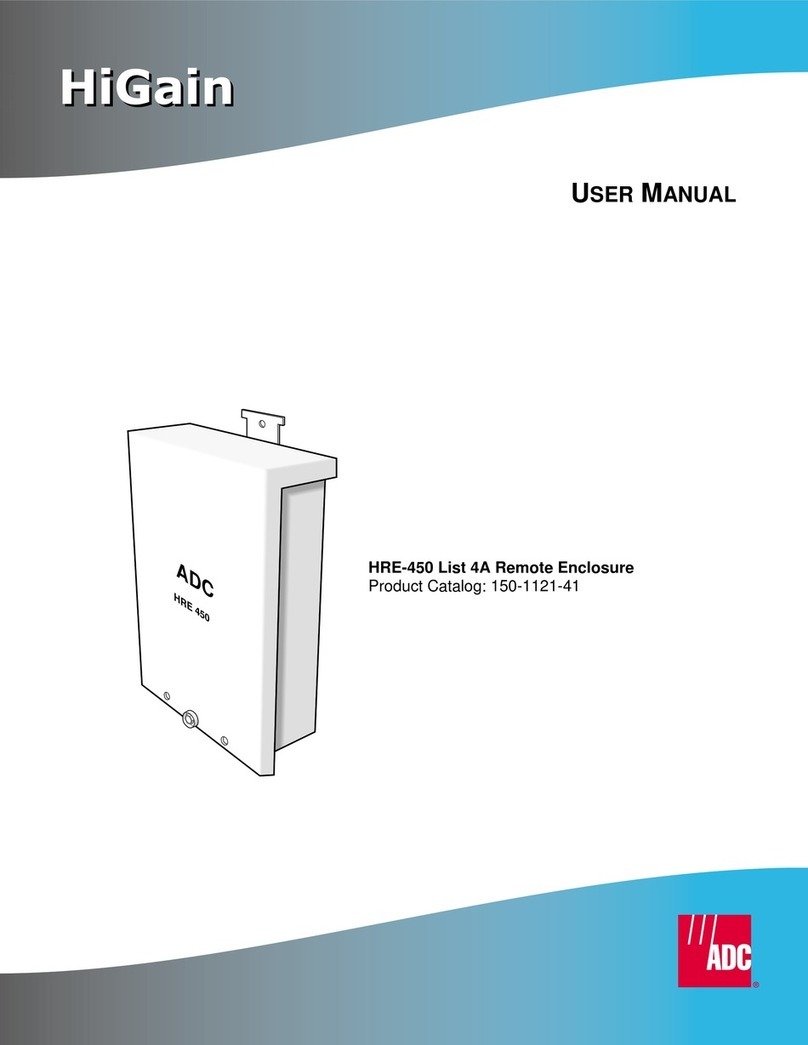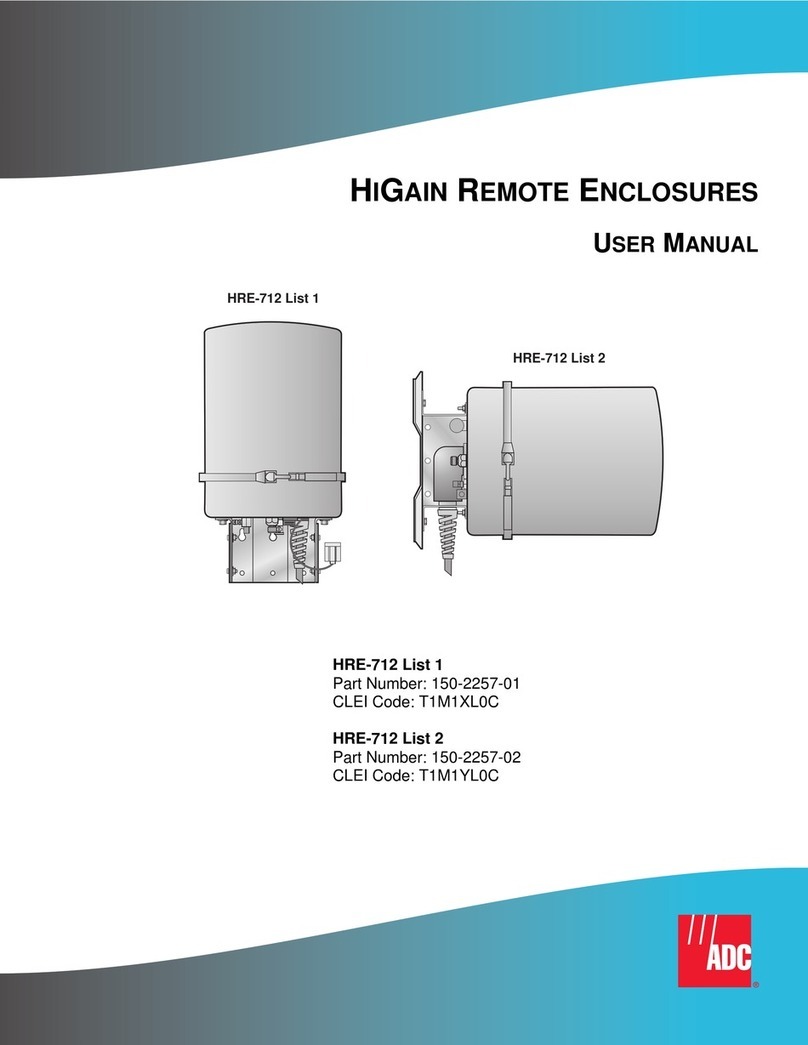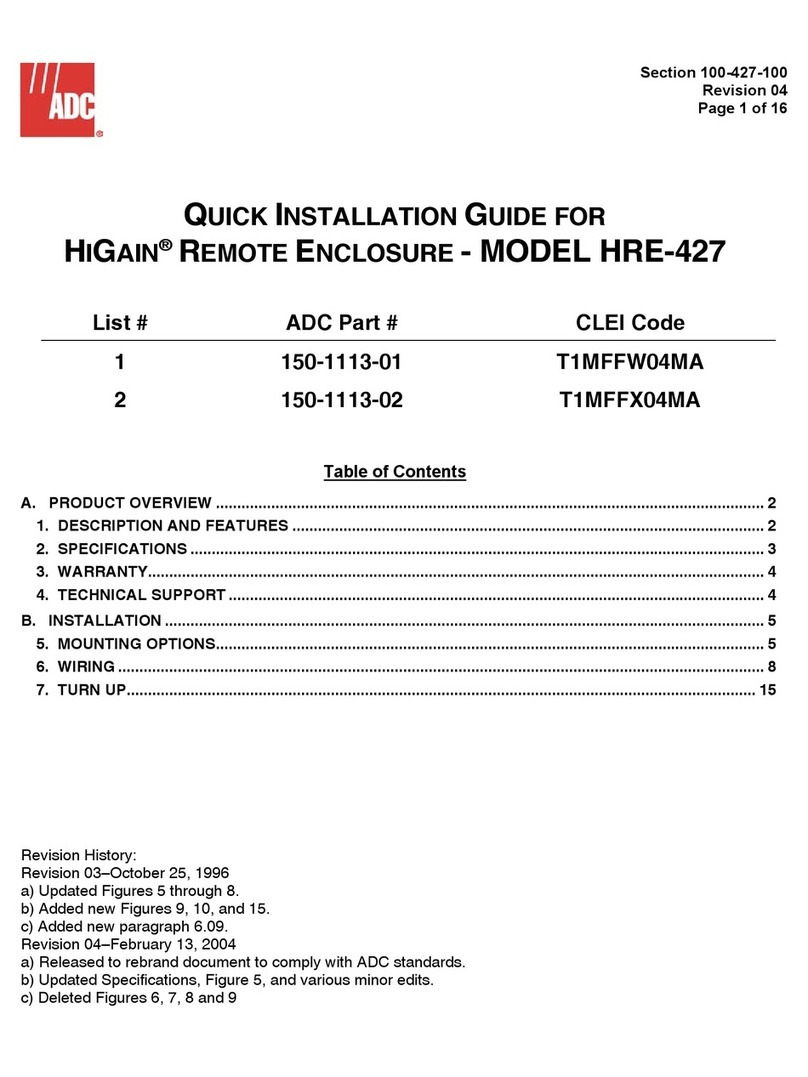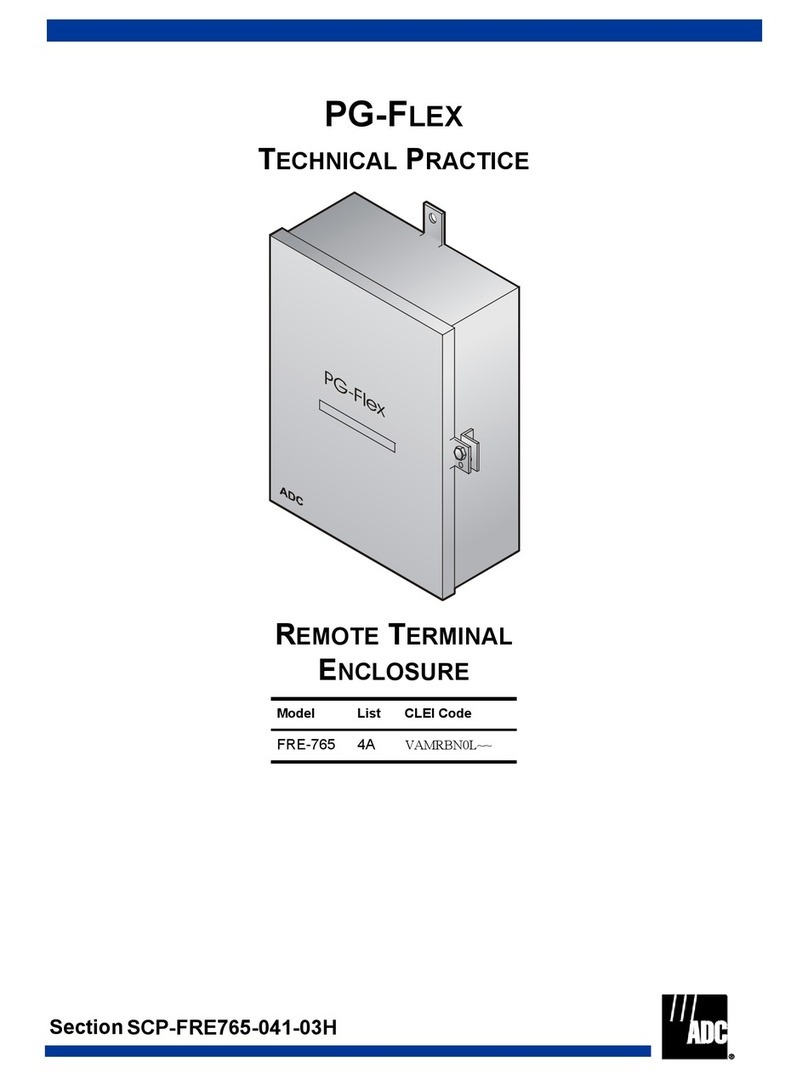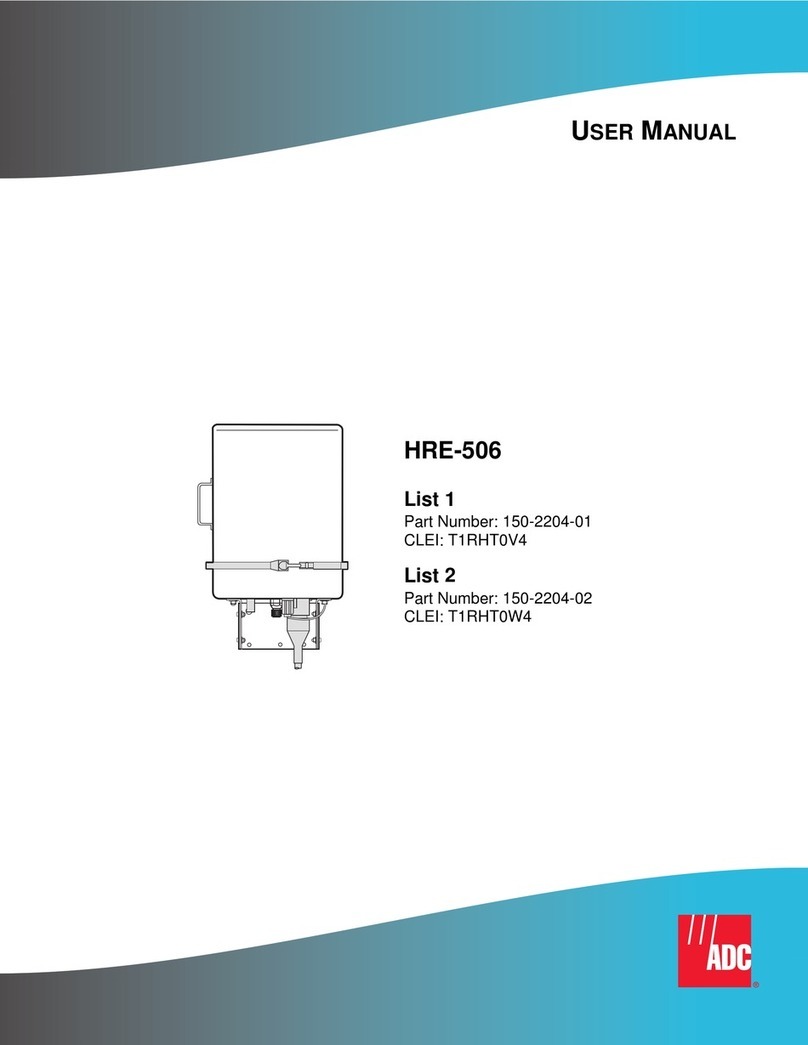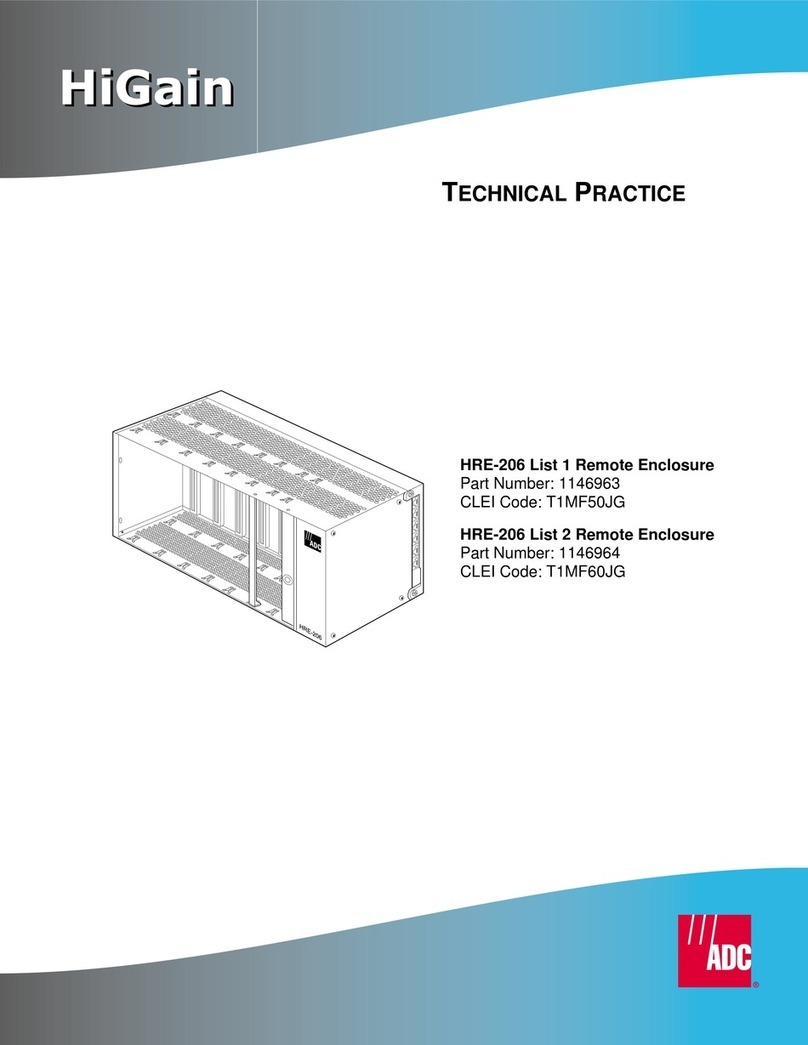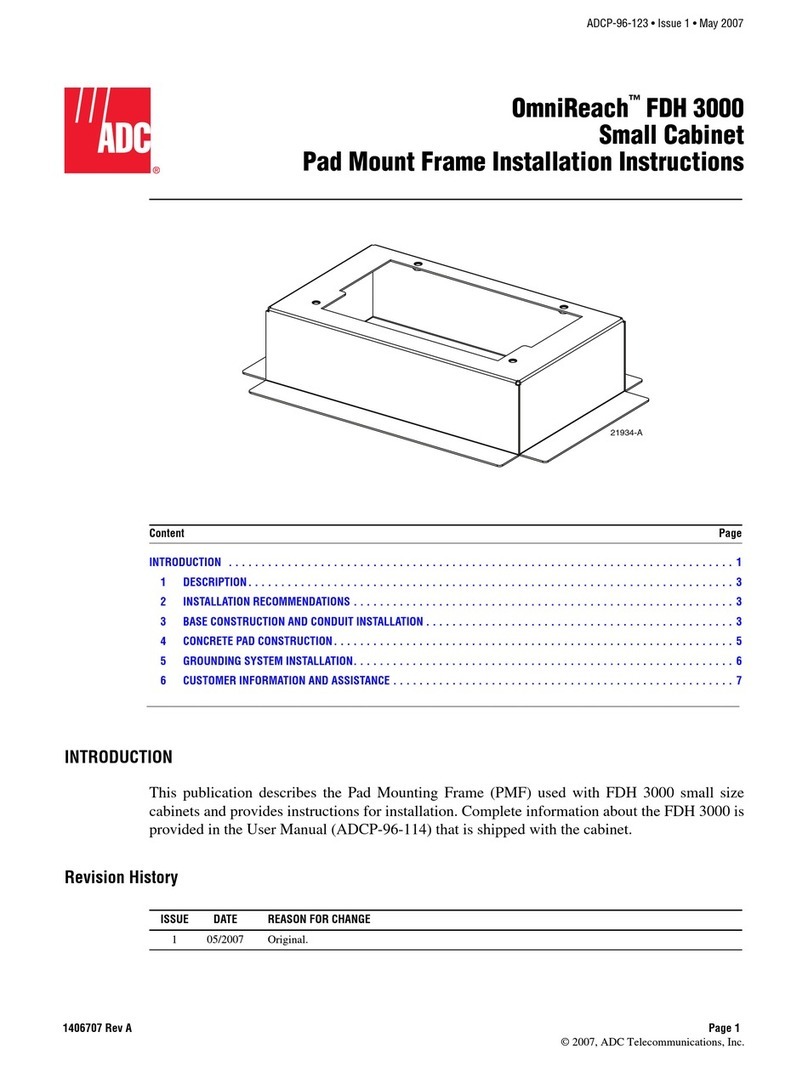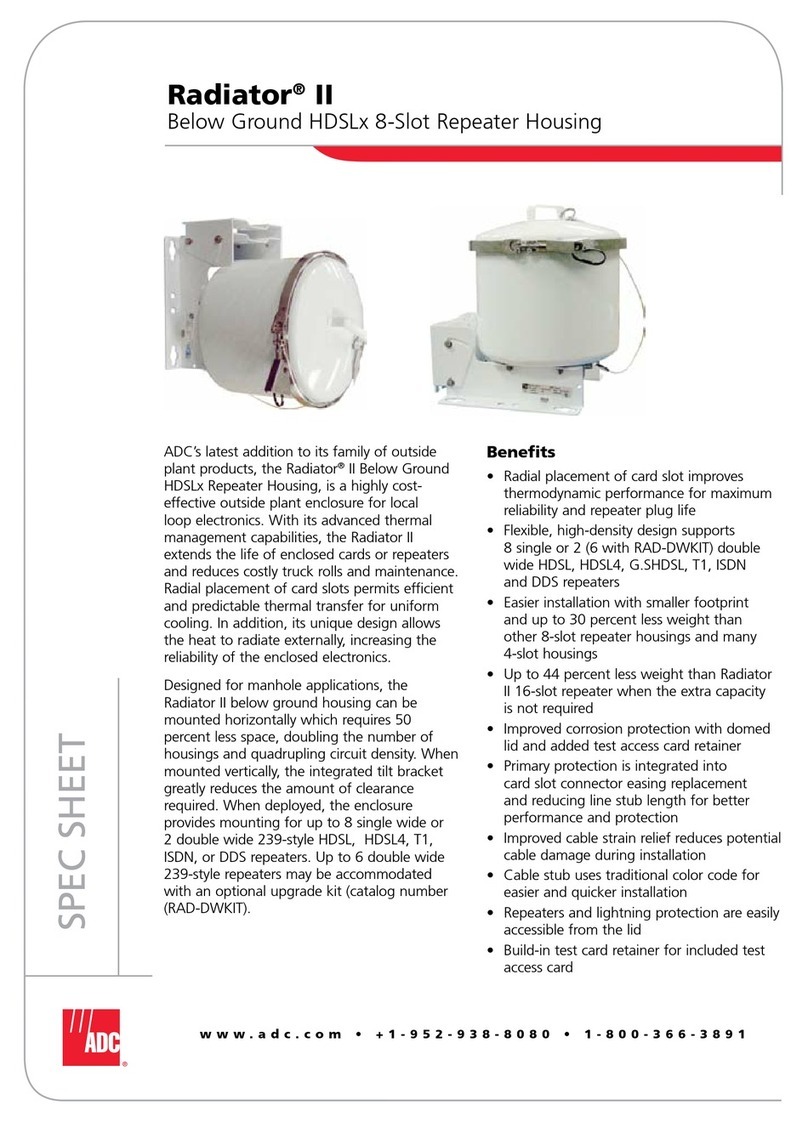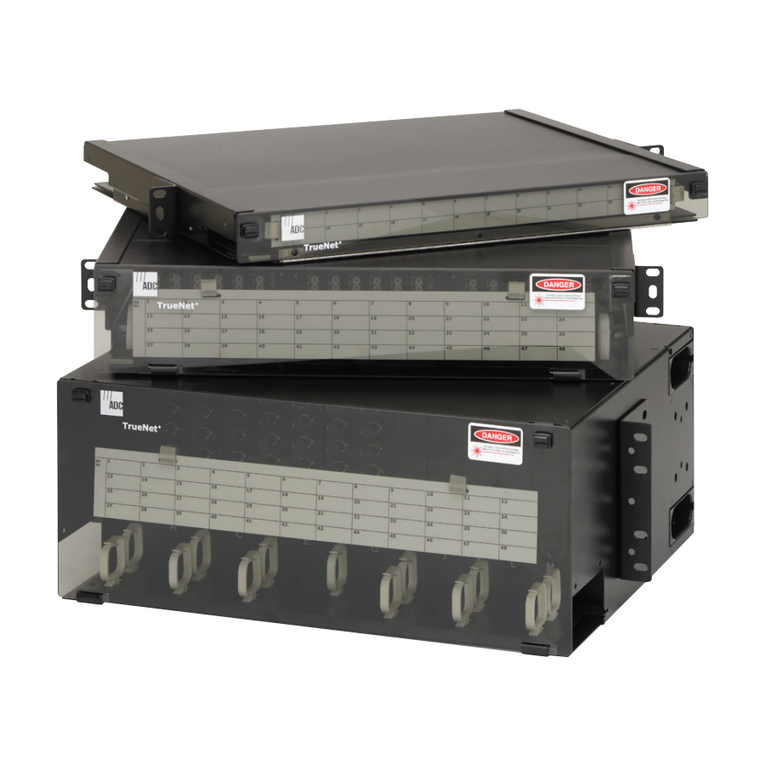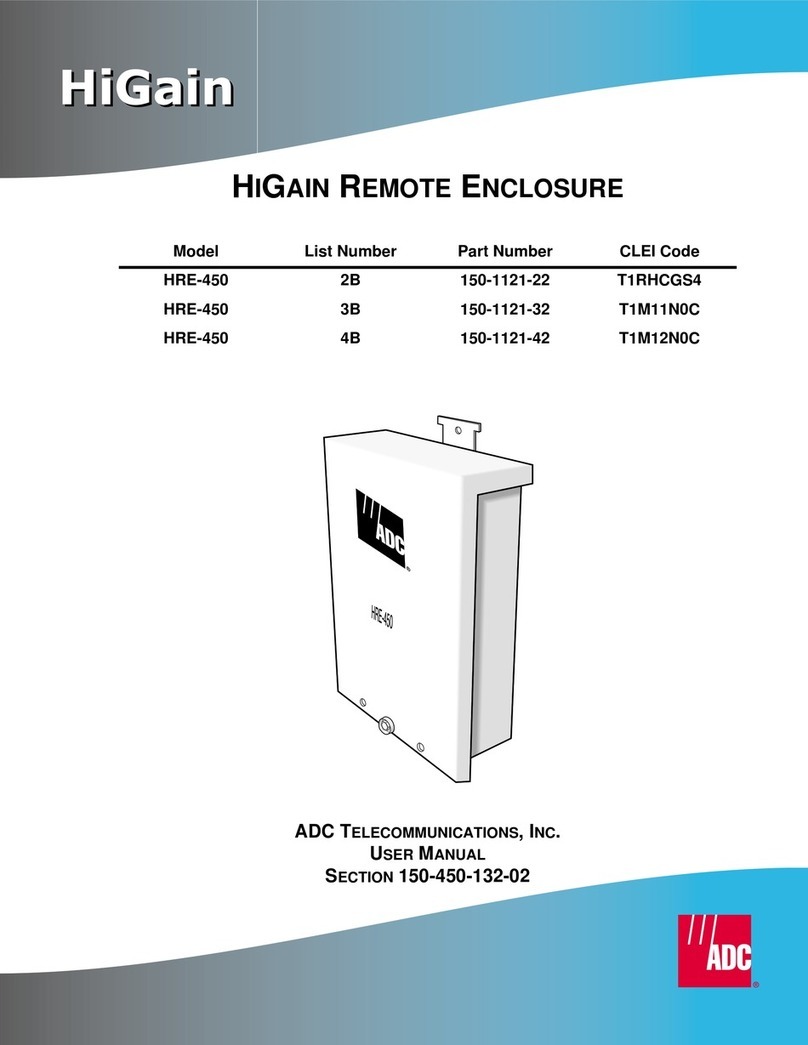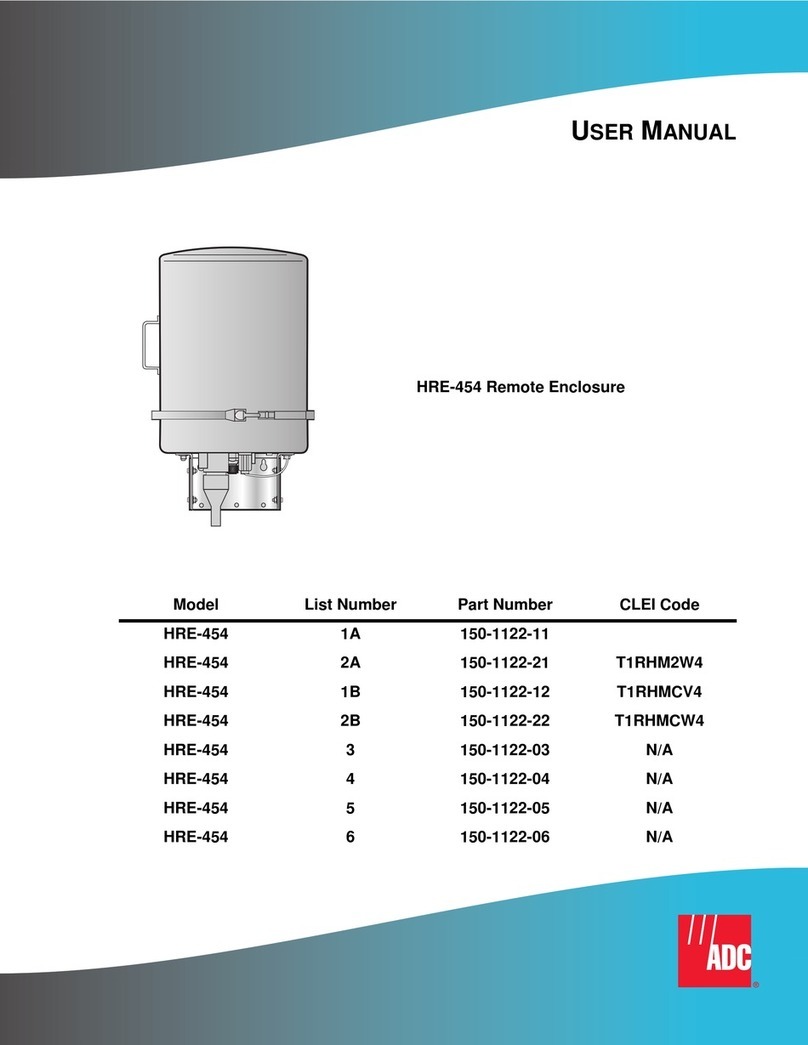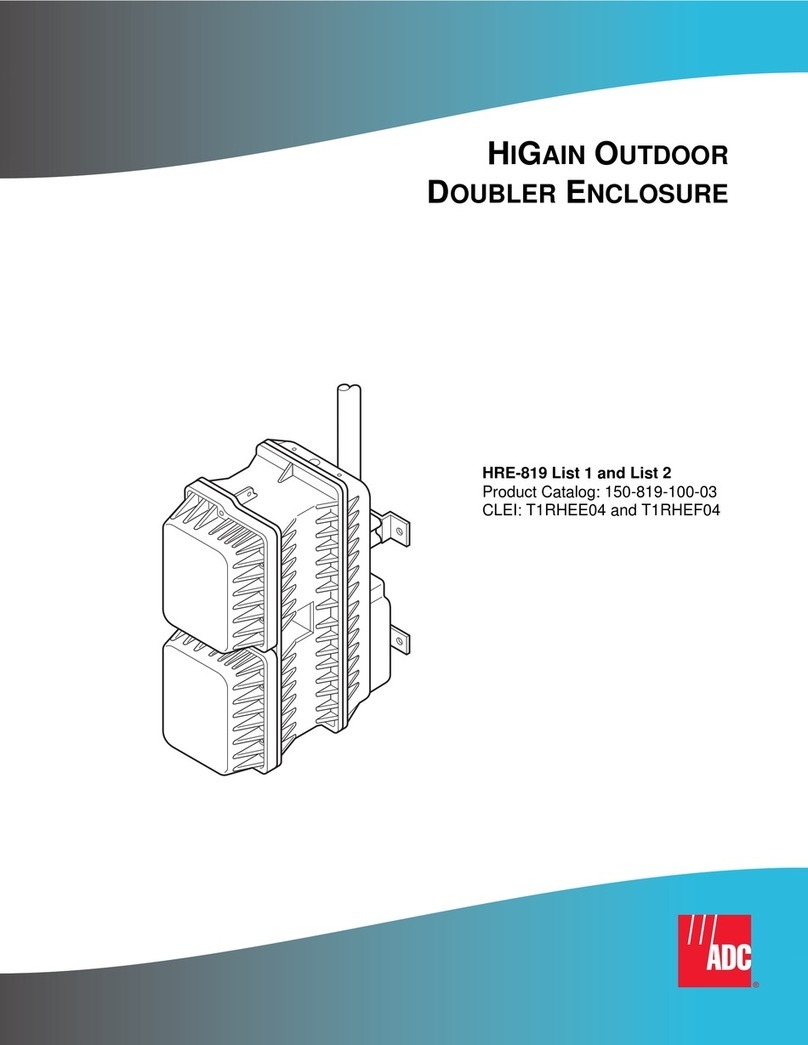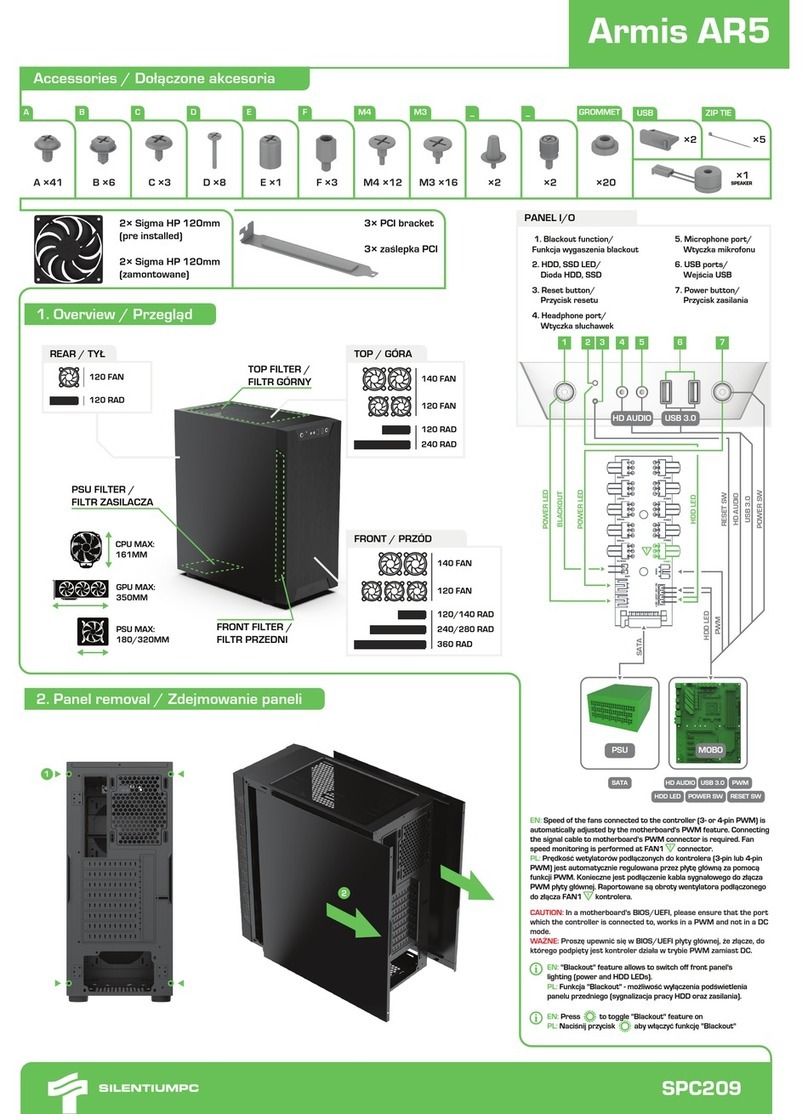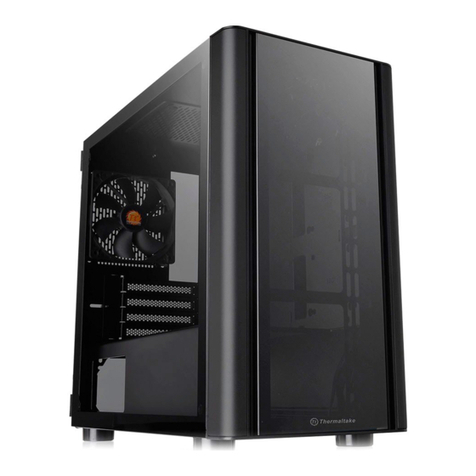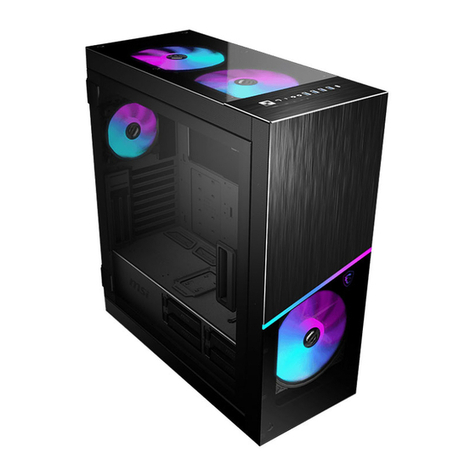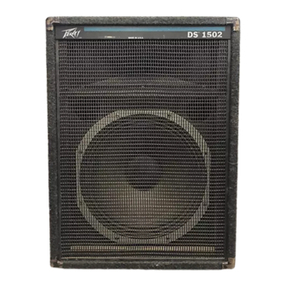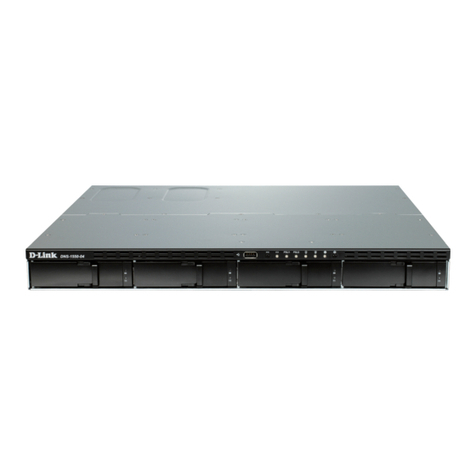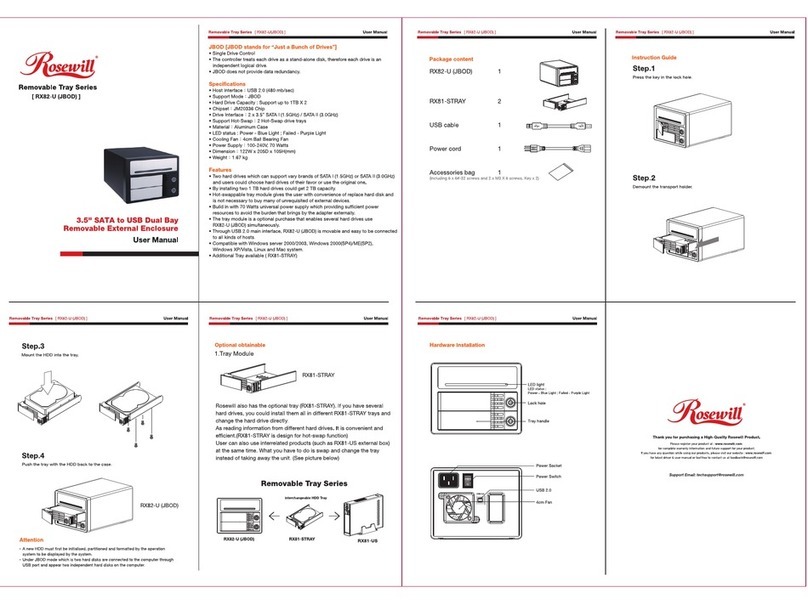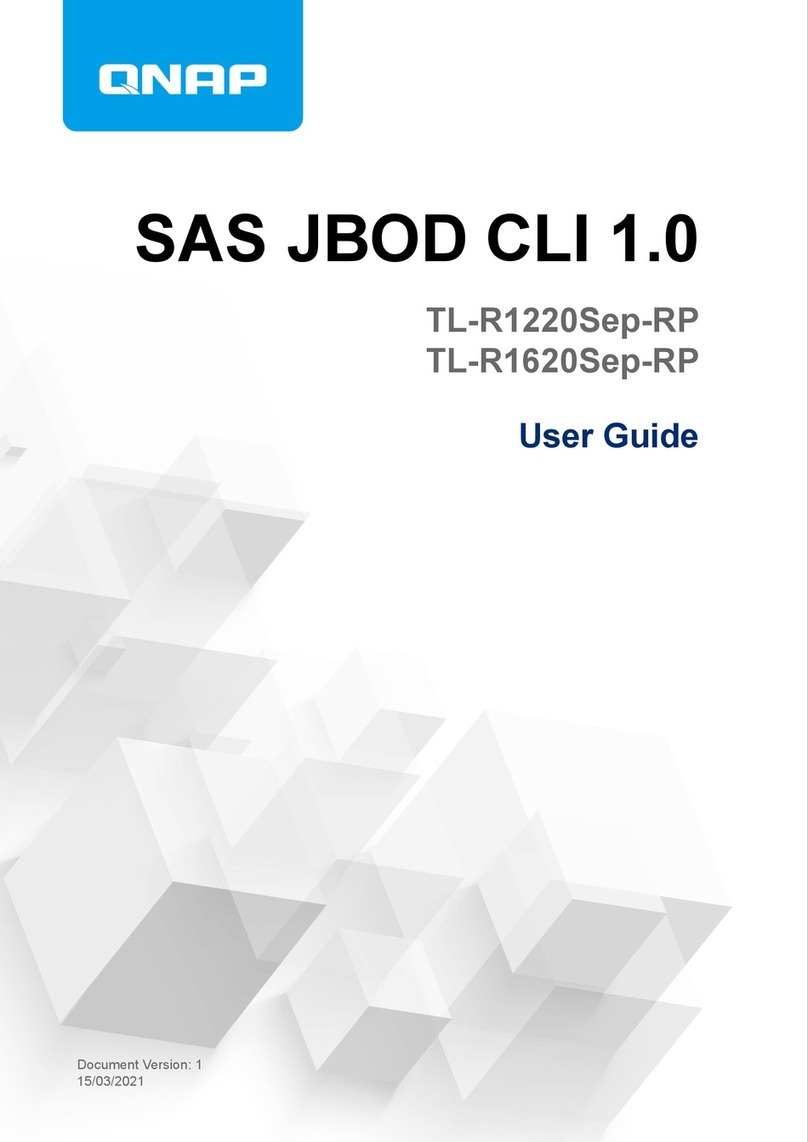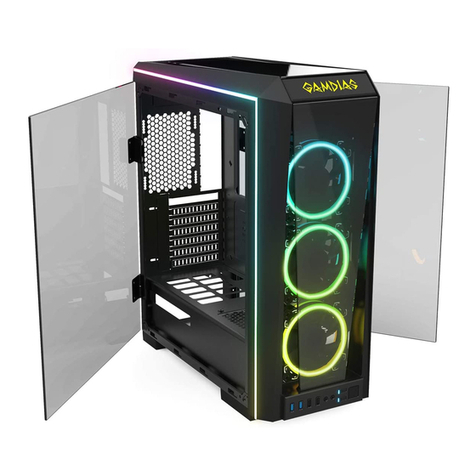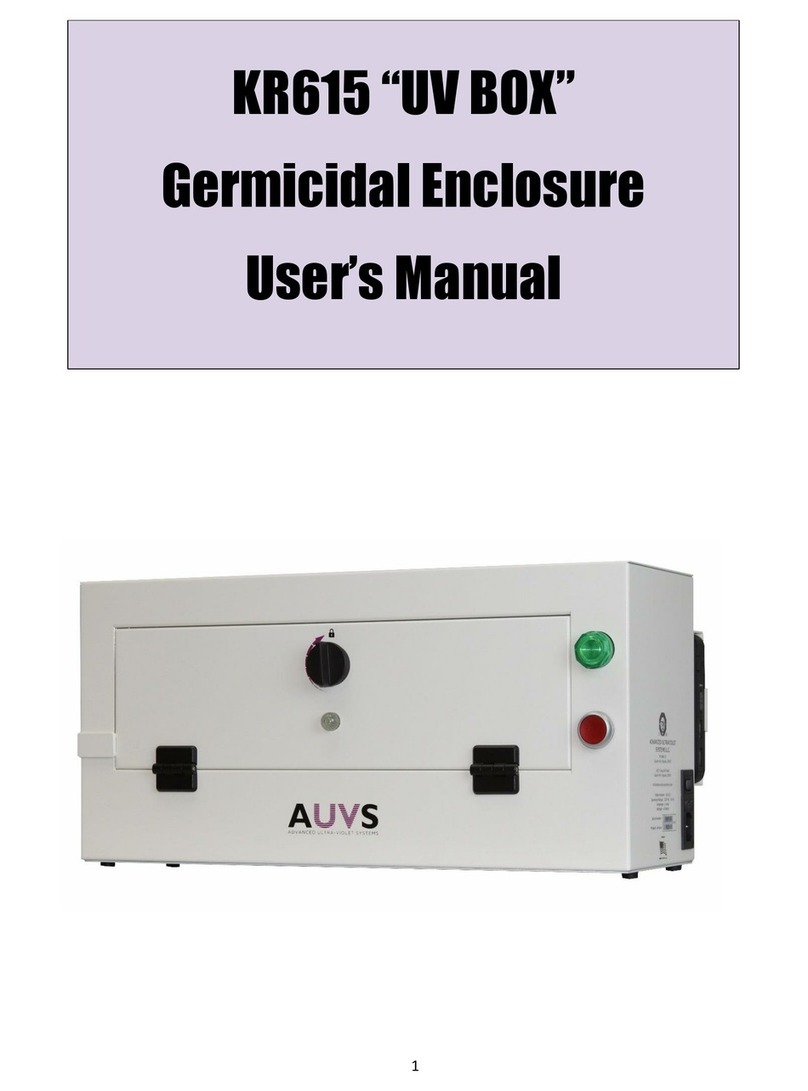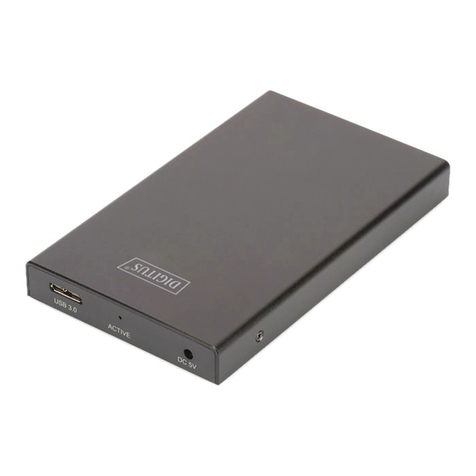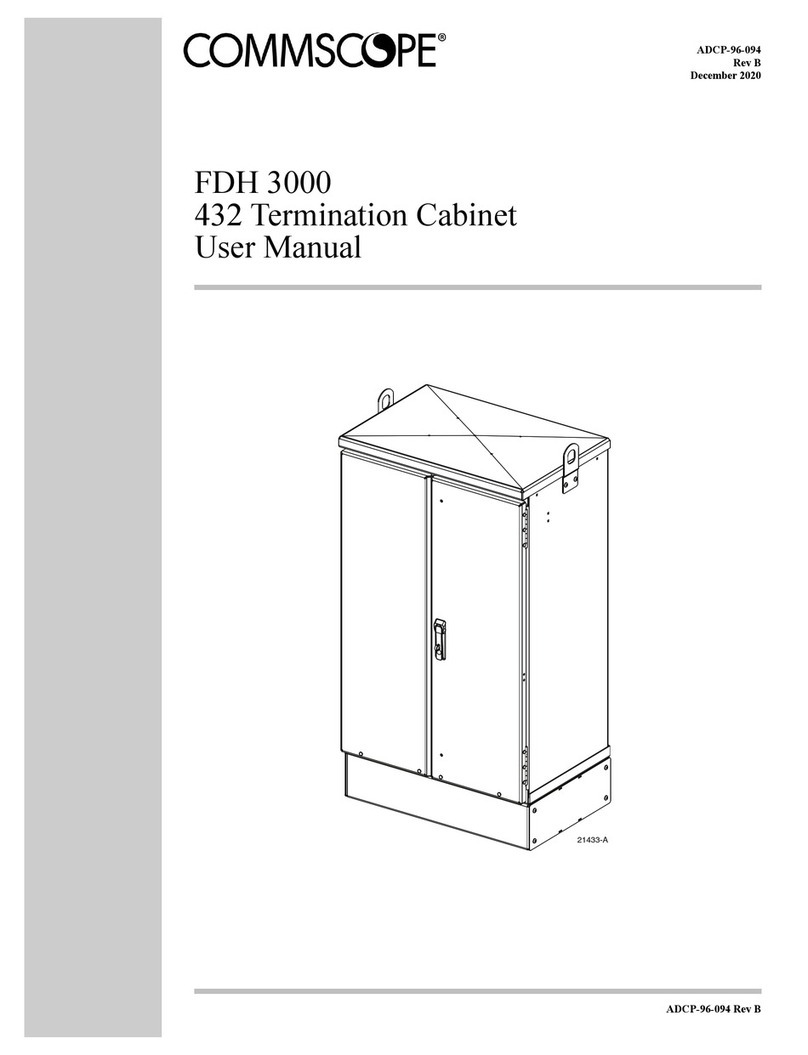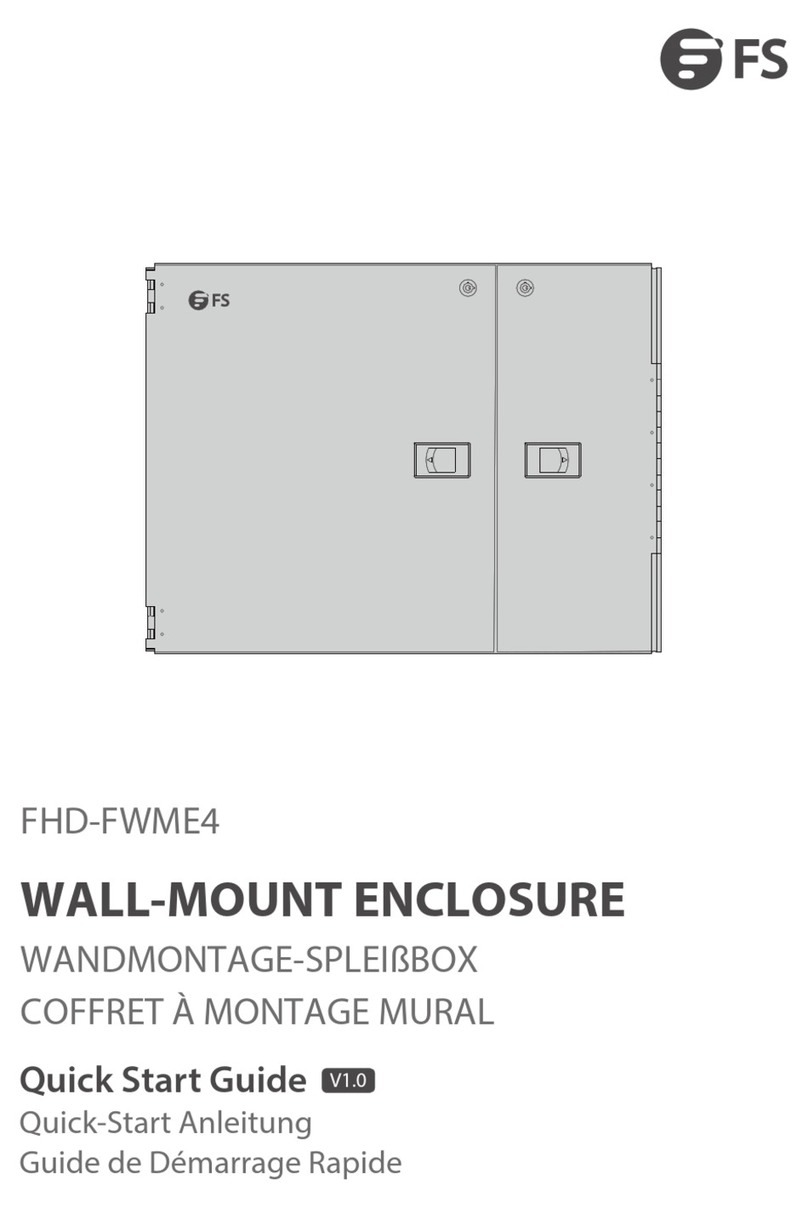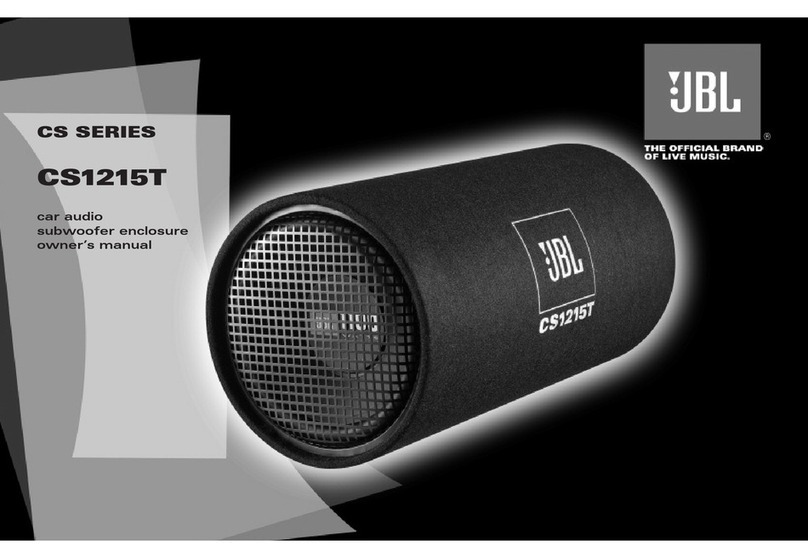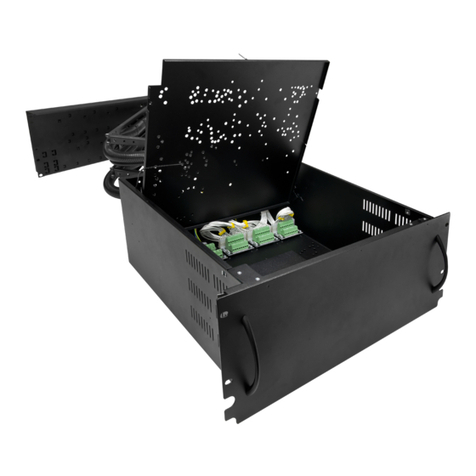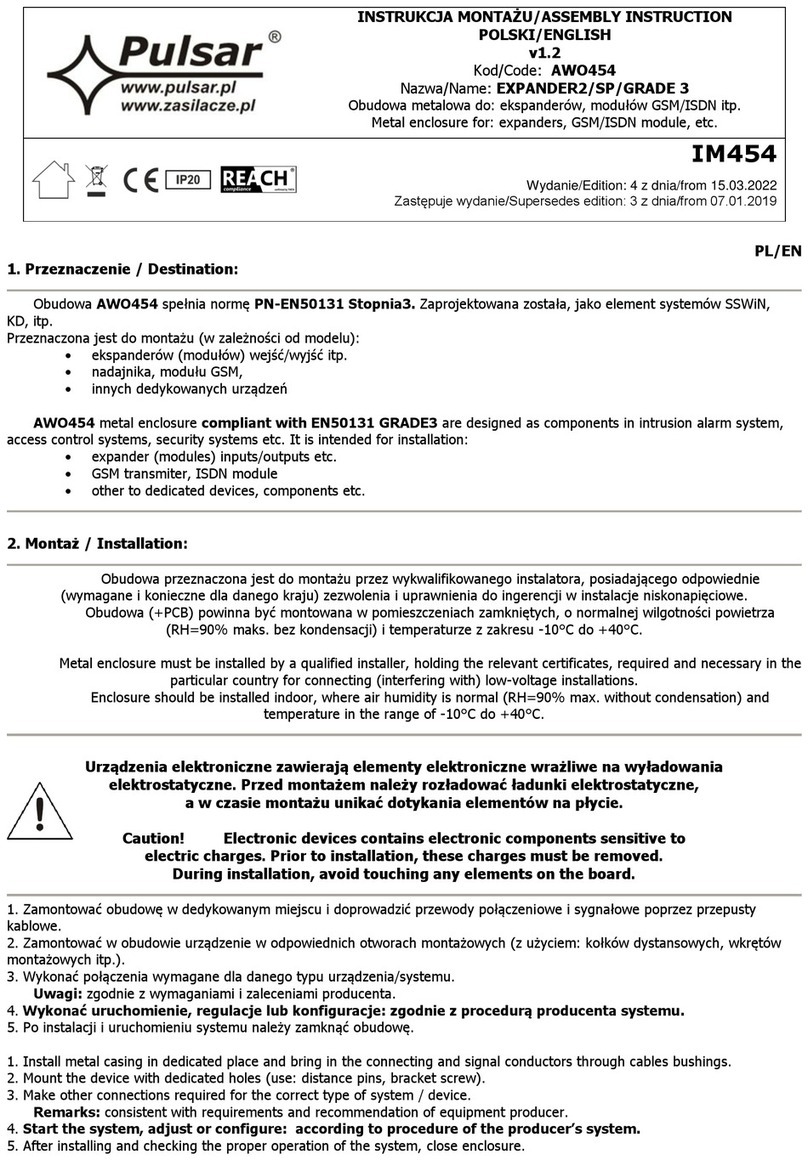
150-504-100-03 Table of Contents
HRE-504 List 1, List 1B, and List 2 August 1, 2002 v
TABLE OF CONTENTS
Overview ____________________________________________________________________________ 1
Features..............................................................................................................................................1
Applications .......................................................................................................................................1
Pressurized Applications....................................................................................................................2
Functional Description.......................................................................................................................4
Gel-filled Stub Unit .............................................................................................................4
Air-filled Stub Unit..............................................................................................................5
Installation___________________________________________________________________________ 7
Unpacking and Inspecting the Shipment ...........................................................................................7
Mounting the Enclosure.....................................................................................................................8
Pedestal or Small Pole Mounting ........................................................................................9
Large Pole Mounting.........................................................................................................10
Flat Surface Mounting.......................................................................................................10
Rack Mounting ..................................................................................................................11
Grounding the Enclosure .................................................................................................................12
Grounding a Pole Mounted Enclosure...............................................................................12
Grounding a Flat Surface Mounted Enclosure ..................................................................14
Installing Doubler or Repeater Units ...............................................................................................16
Detaching the Dome from the Baseplate .........................................................................................17
Opening the Enclosure.....................................................................................................................18
Opening a Gel-Filled Enclosure ........................................................................................18
Opening an Air-filled Enclosure........................................................................................18
Closing the Enclosure ......................................................................................................................19
Pivoting the Enclosure.....................................................................................................................20
Appendix A - Technical Reference ______________________________________________________ 21
Bar Code and Configuration Number Information..........................................................................21
Enclosure Information......................................................................................................................22
Stainless Steel Dome .........................................................................................................22
Card Cage ..........................................................................................................................23
Lightning Protection Unit..................................................................................................25
Cable Stub and Pressurization...........................................................................................25
Vented-to-Pressurized Conversion Procedure...................................................................26
Spare Connections.............................................................................................................27
Order Wire Connections....................................................................................................27
